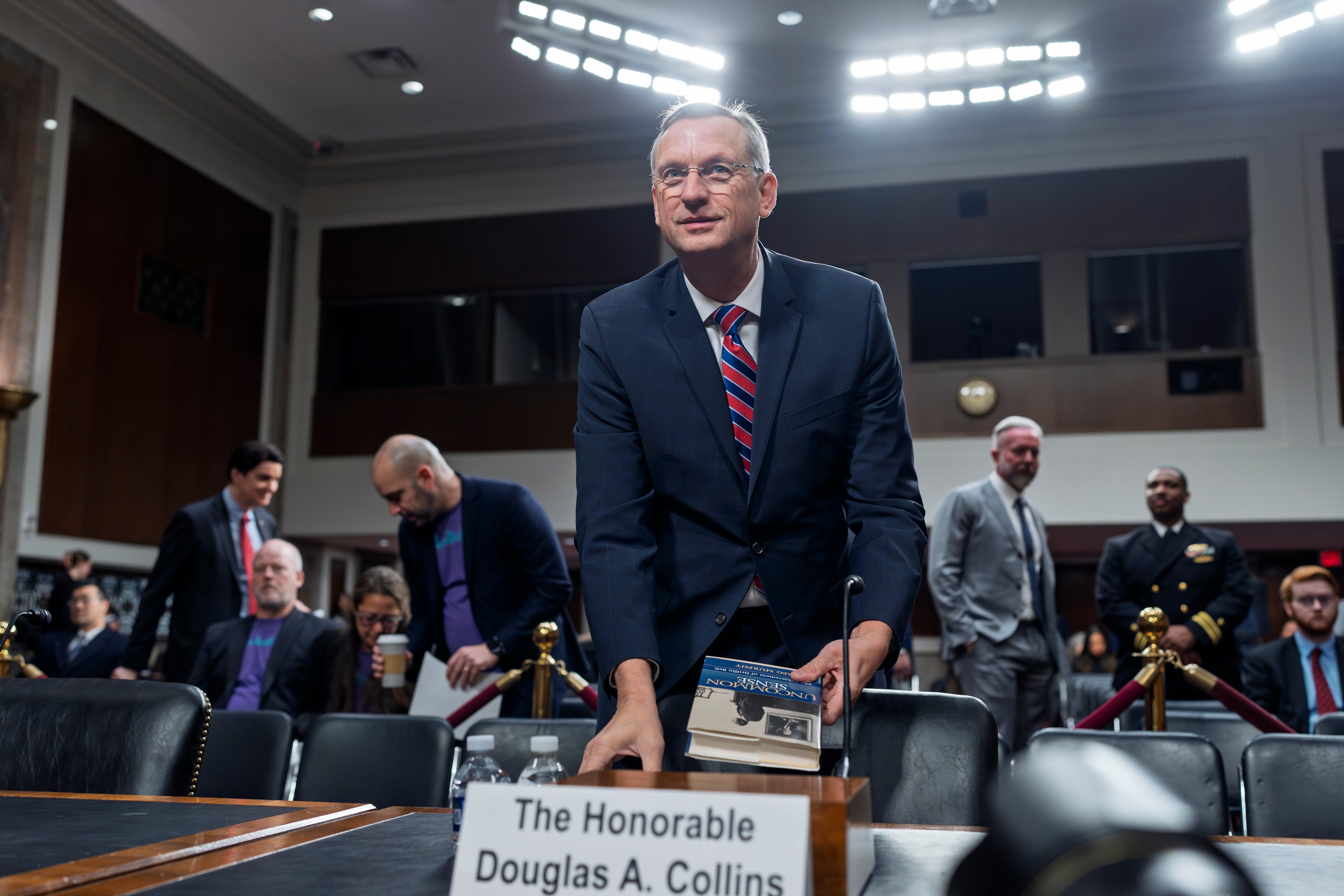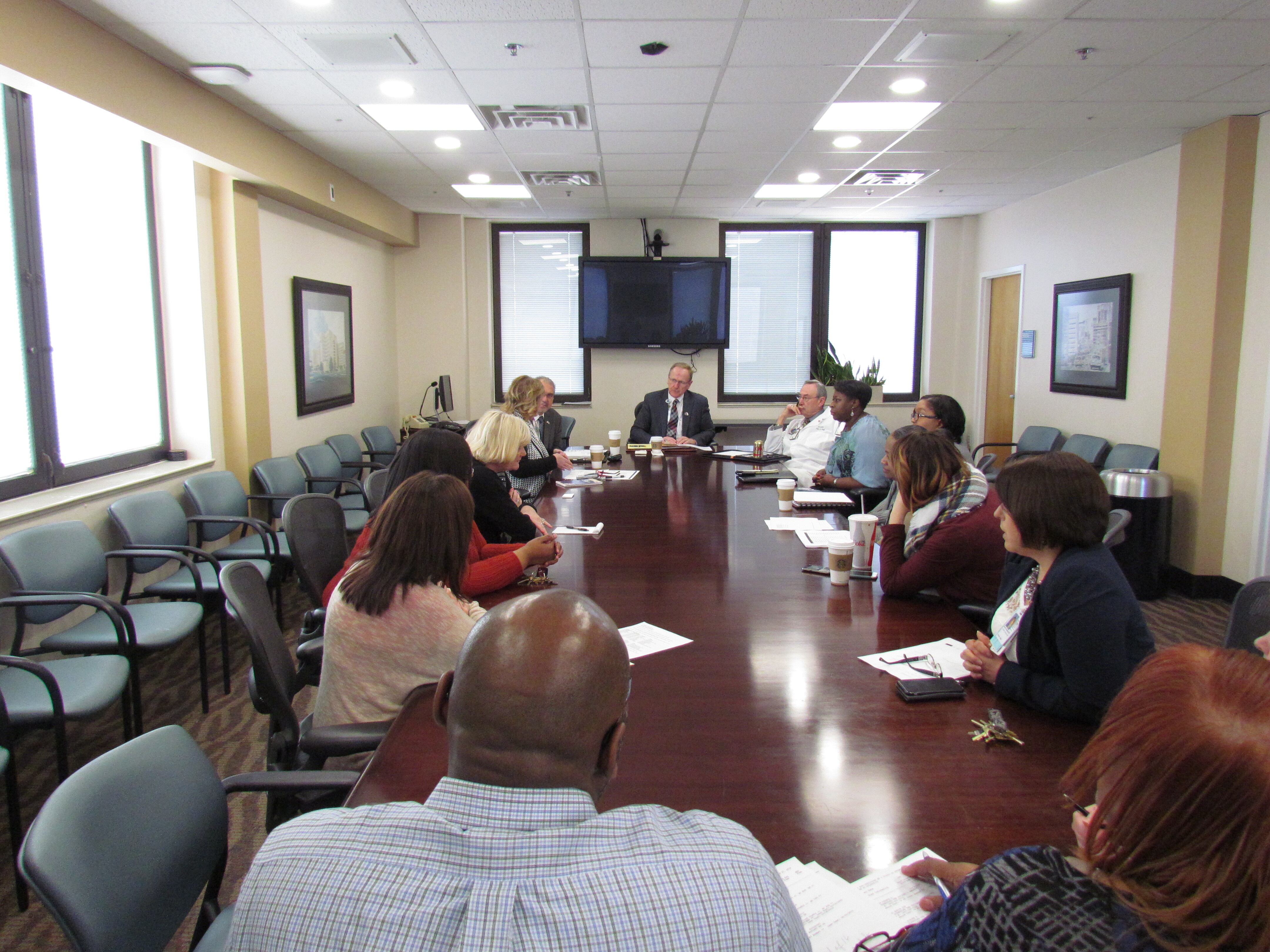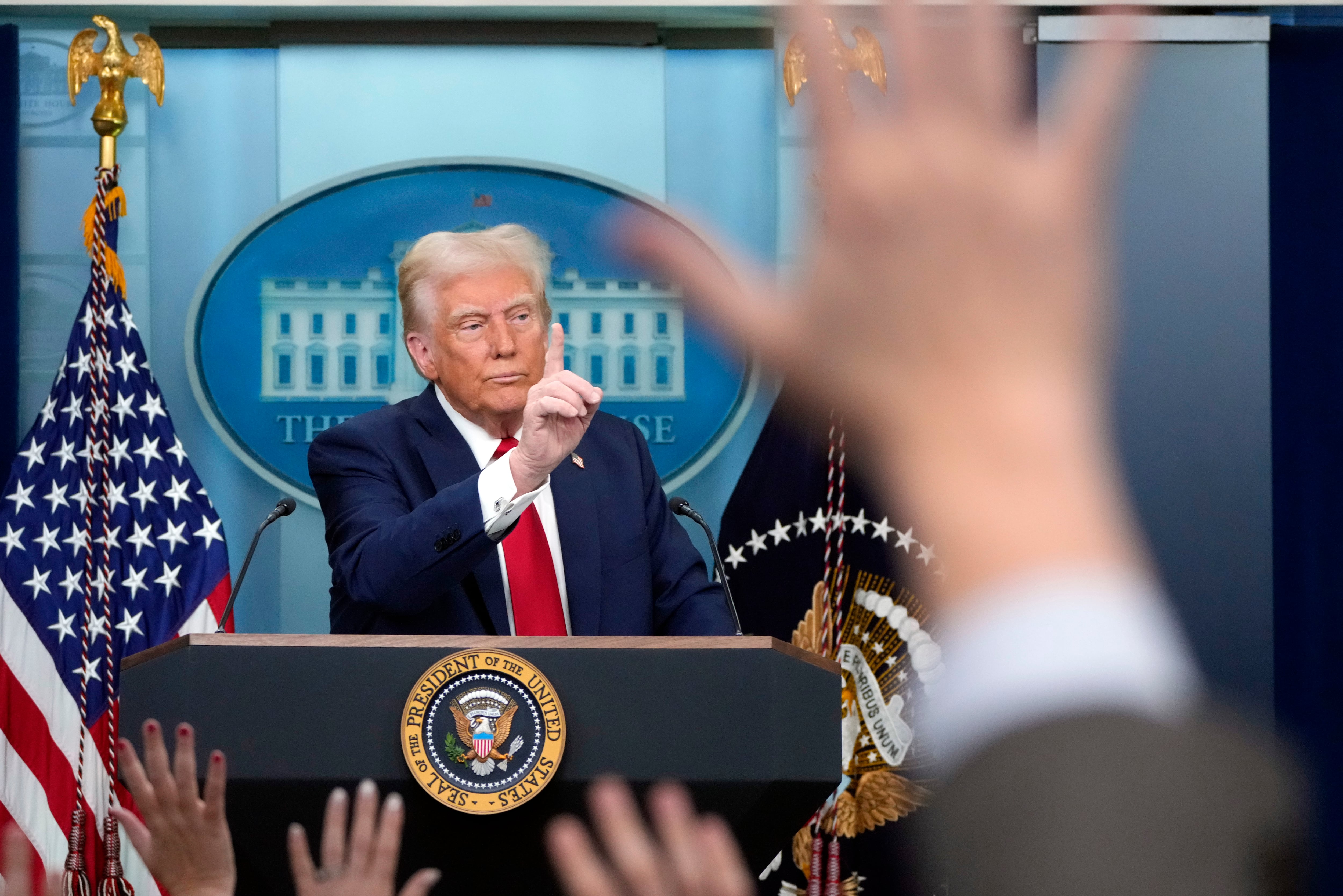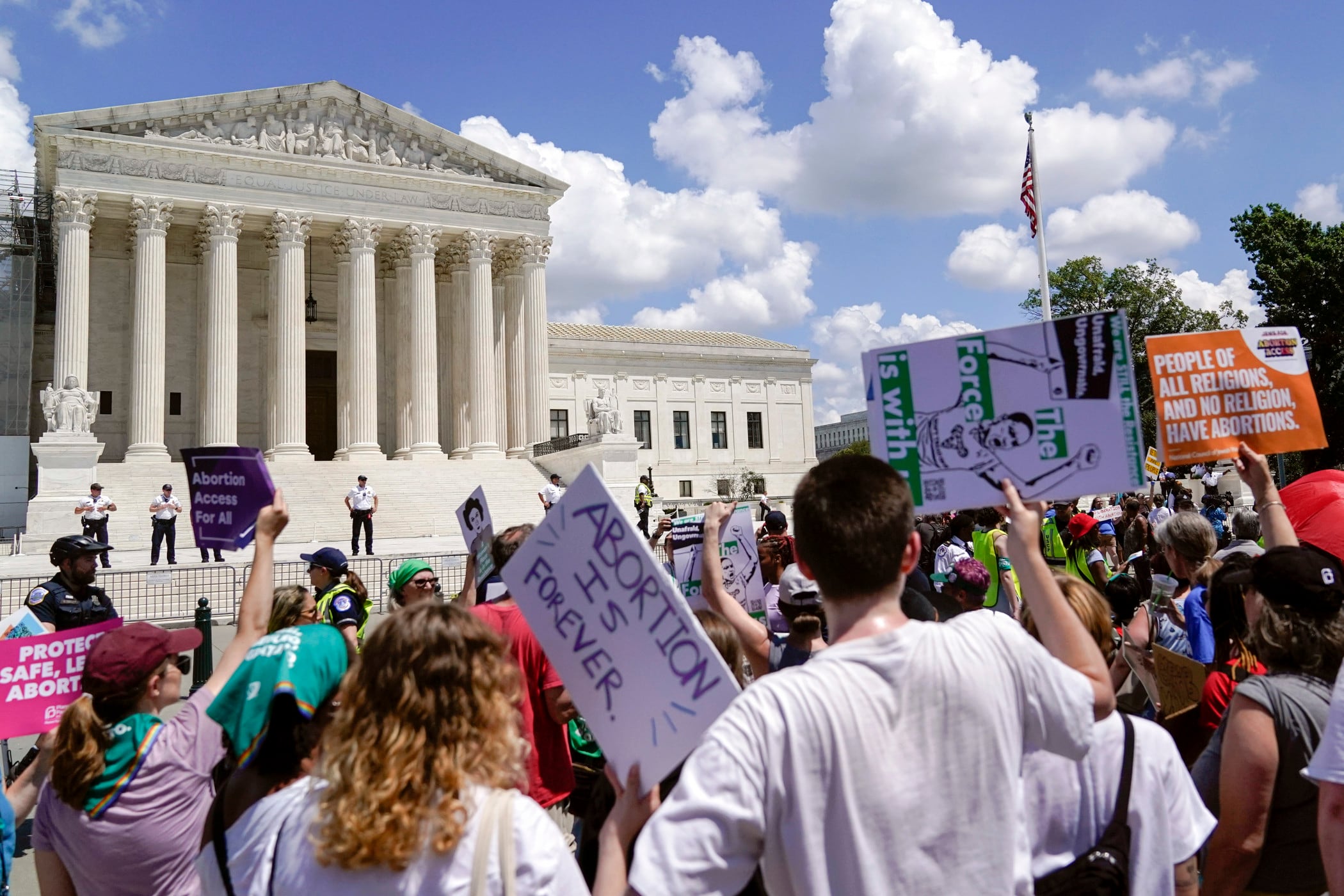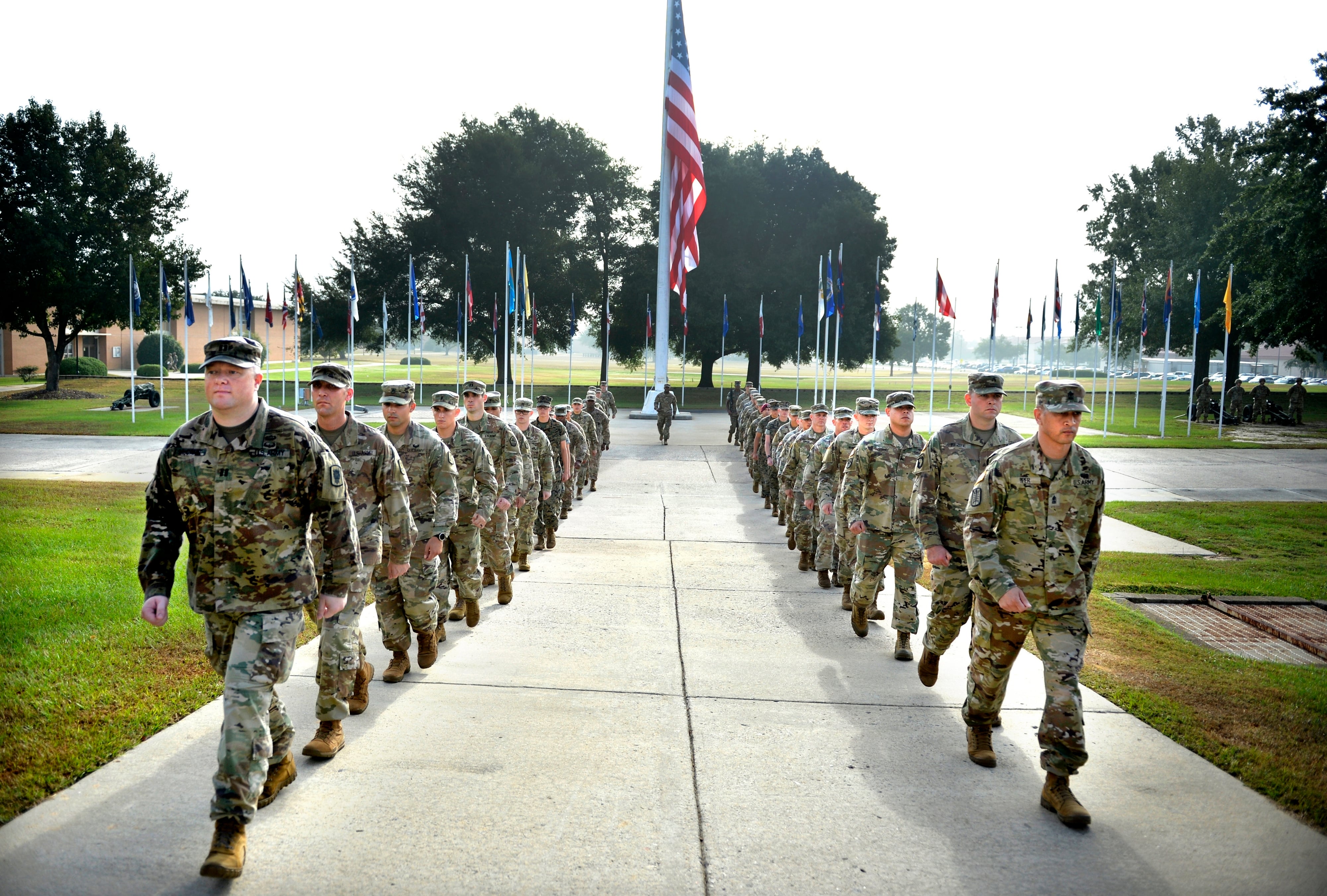The Navy plans to shell out big bucks to aviators as retention starts to fray among fighter pilots and others, the Navy's personnel boss told Congress Wednesday.
Vice Adm. Robert Burke, the chief of naval personnel, said some pilots could soon be getting a boost to their retention bonuses as the Navy tries to fend off competition from the airline industry and quell growing frustration and pilot concerns over a lack of flying hours and broken aircraft.
The proposed adjustments could put another $25,000 in the pockets of officers if they accept the bonus.
According to Burke, boosts will be aimed at retaining officers up for their department head tours — typically O-4s — and post-command aviators — O-5s and O-6s — Burke said.
In an email to Navy Times, Burke’s spokesman said overall retention is good in the aviation community.
"While Naval Aviation continues to meet all fleet requirements with highly qualified pilots and [naval flight officers], the long term health of some specific communities is being challenged," said Lt. Cmdr. Nathan Christensen.
"We have cause for concern based on some leading indicators for retention behavior in several communities, notably Electronic Attack (VAQ), Strike Fighter (VFA), and Helicopter Mine Countermeasure (HM) pilots at the Lieutenant Commander rank," Christensen said. "Additionally, we are concerned about overall retention of aviators after their first command tour (both Commanders and Captains)."
The big winners in the bonus boost are the fighter and electronic attack pilots, whose bonus is slated to jump from $125,000 to $150,000 over their term. The mine countermeasures pilots will see a boost from $75,000 to $100,000.
"It is absolutely vital that we continue to retain mid-level and senior aviators across all aviation communities, capitalizing on their experience, leadership, and the multi-million dollar investment they represent to ensure maximum combat readiness," Christensen said.
Burke told the House Armed Services Committee hearing that continued budget cuts were eating away at maintenance budgets and causing shortfalls in training dollars. That means fewer flying hours for pilots.
"Naval aviators have expressed dissatisfaction with quality of service resulting from readiness challenges associated with limited aircraft availability and reduced flying hours while not deployed, which have inhibited timely attainment of tactical qualifications and subsequent career progression," Burke said in his opening statement.
The head of Marine Corps personnel, Lt. Gen. Mark Brilakis, told the panel that he was seeing similar complaints in his service and that a crushing 2:1 dwell ratio was also impacting retention among pilots and maintainers.
"It’s not about money, it’s about doing what they came into the Marine Corps to do, which is to fly airplanes, to fix airplanes and serve those aircraft," Brilakis said. "They want more time to fly, they want more parts to fix, and they’d like a little more time at home."
David B. Larter was the naval warfare reporter for Defense News.

